价格符号怎么用英语表示
In written English, there are several ways to indicate the price of a product or service. The most common ways are to use the dollar sign ($), pound sign (£), euro sign (€), or yen sign (¥) followed by the numerical value.
For example, $10.99, £7.99, €4.99, or ¥100.
In some cases, the currency name may be spelled out instead of using the symbol. For instance, 'ten dollars' or 'seven pounds and ninety-nine pence.'
When writing about prices, it's important to be consistent with the currency symbol or name used throughout the text. Additionally, it's helpful to clarify whether the price includes tax or not, especially when dealing with international audiences.
When writing about prices in a list or table, it's common to use the currency symbol or name once at the top of the list or table to indicate the currency being used.
For example:
| Item | Price |
|------|-------|
| T-shirt | $19.99 |
| Hoodie | $39.99 |
| Backpack | $59.99 |
In informal contexts, it's also common to use abbreviations such as 'bucks' for dollars or 'quid' for pounds.
http://www.easiu.com/common/images/14501373686061781.jpg
Overall, using clear and consistent pricing symbols and conventions is essential for effective communication in written English.

万和热水器湖北维修
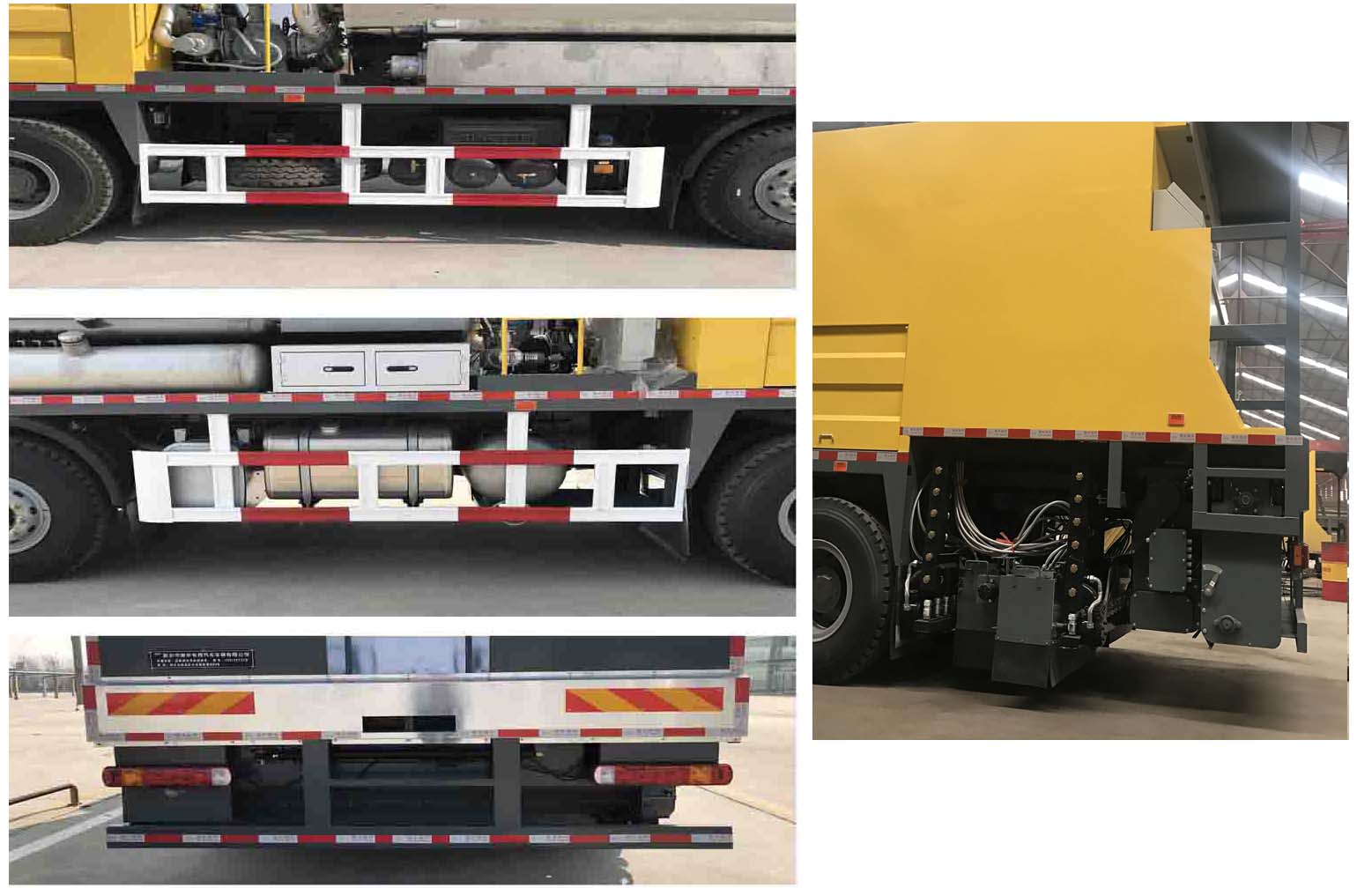
创维电视29t68aa开机红屏
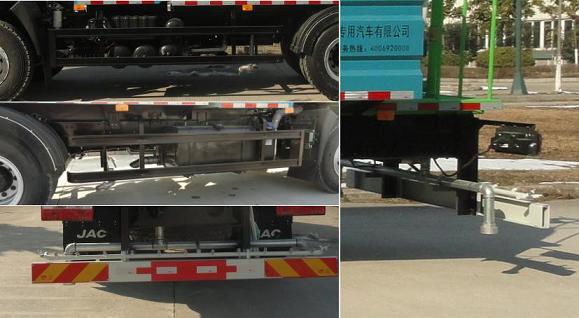
松下音响河南省售后服务部
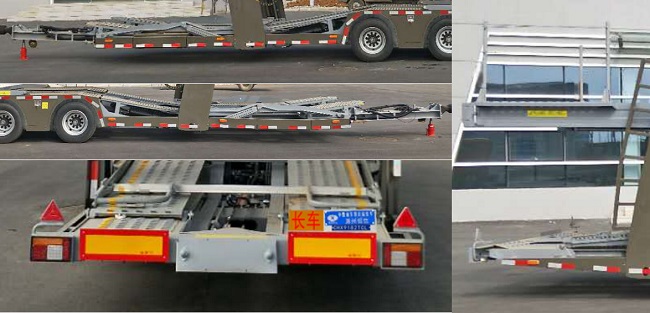
昆山修电视机免费上门
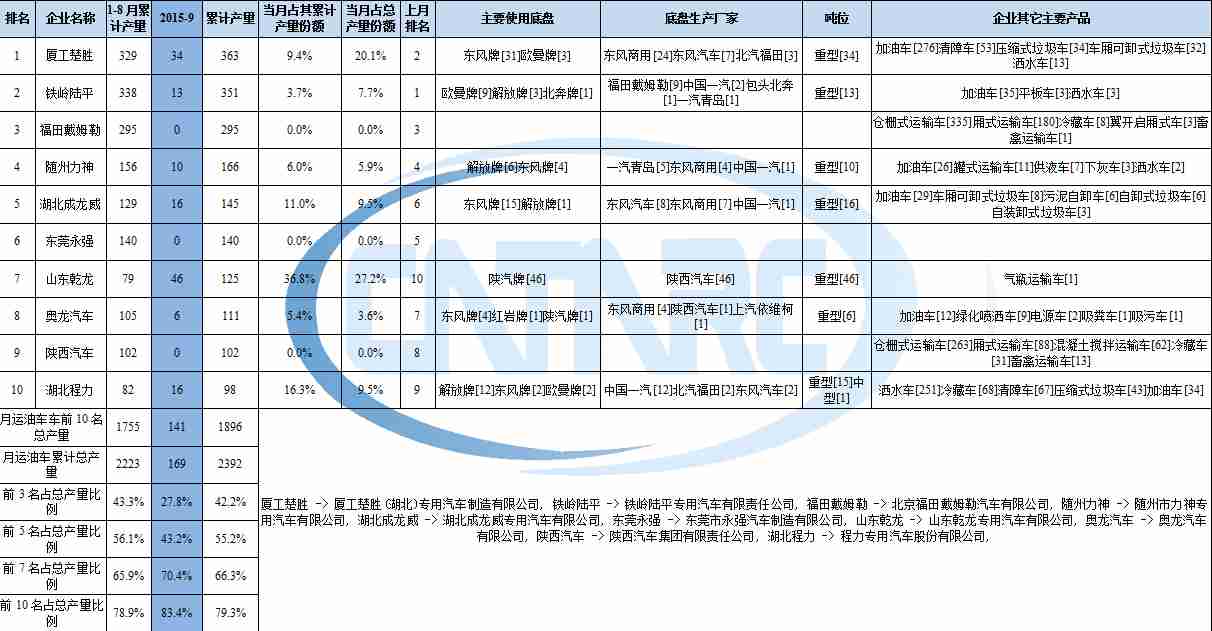
荆门美的售后网点

广州格力空调售后服务热线
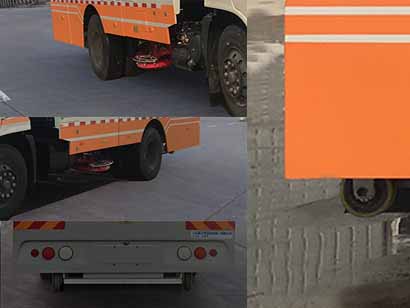
格力空调和科龙空调哪个好

美的洗衣机程序调节

于正常电路相反的不正常电路图
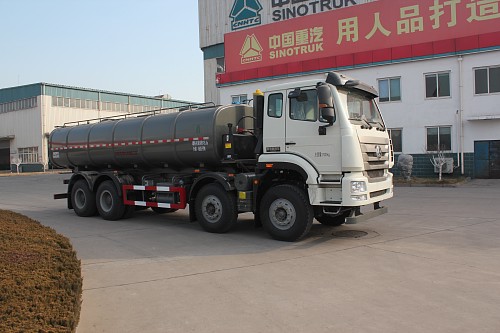
家电售后 艳遇
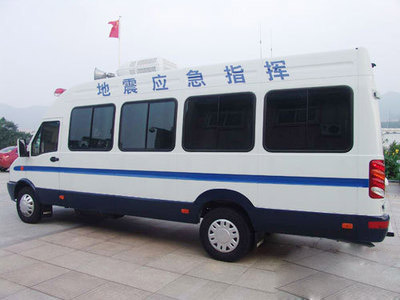
美的电磁炉关定时

中山三星手机维修点

空调电源没开 空开跳掉

联想电脑售后服务网点长沙

小天鹅洗衣机维修部地址
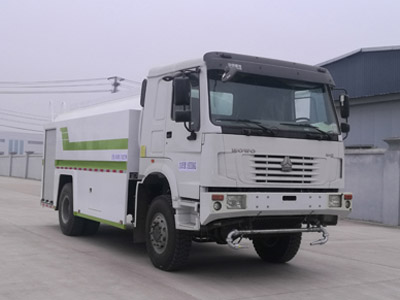
康佳t2966电视黑屏
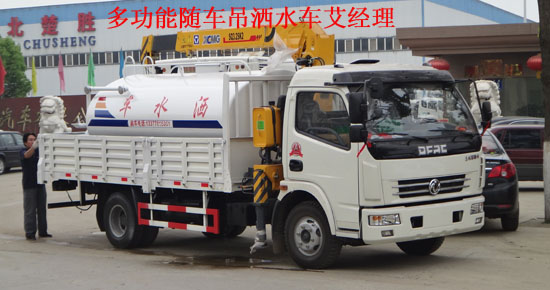
海尔空调rch 2606va

海信电视升级后360没了

佳能售后服务网点济南
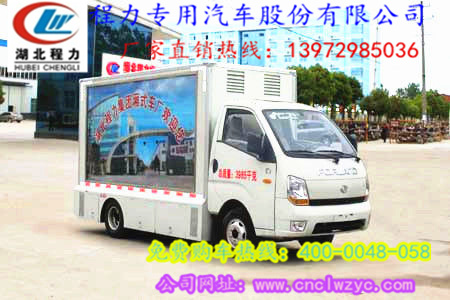
空调如何知道室内温度